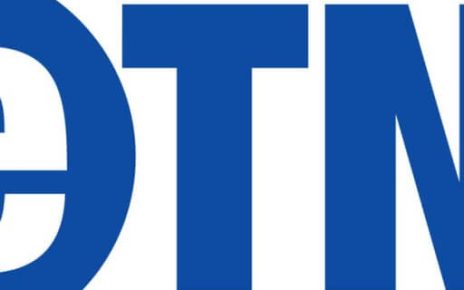Why should we want to go to the moon or Mars, if we already have many different planets on Earth?
- The various COVID vaccination programs around the world are happening independent of one another.
- This makes what is being accomplished in the United States for example, a far cry from what is occurring in Africa.
- The United States can achieve her immunity of 70 percent of the population vaccinated by July of this year while in Africa this will not happen for seven-and-a-half years.
In the United States, a human error damaged 15 million Johnson & Johnson vaccines. Johnson & Johnson has guaranteed that this will not affect the fulfillment of the 24 million planned to be delivered by the end of April. For this emergency, there were no production problems. How will these issues affect vaccinations and can the planet wait for COVID immunity?
There were production problems, however, a month-and-a-half ago, when J&J announced that a producer had a problem verifying vials. In that case, the company, while announcing that this would reduce production and consequently 40 percent of the first supply to the United States, put on the table the possibility of moving the fill and finish to the United States. Supposedly this should not have worried Europe, which would have continued to receive the expected 200 million doses by the end of 2021, provided, of course, that the United States would not impose limitations on the export of vaccines as it happened a year ago for ventilators, masks, and gloves (FEMA Order of April 10). In addition, 3 weeks ago, Reuters announced that J&J could have been unable to supply Europe with the 55 million doses scheduled for June due to a supply problem, and in this case, apparently it was not possible to put in place the mechanisms used to neutralize the impact of the 15 million doses incident.
In Europe, the problems encountered in some countries with the use of AstraZeneca could slow down a vaccination campaign that is running quite efficiently, albeit with some difficulties. For example, in Italy, where the Extraordinary Commissioner for the Emergency has set a target of 500,000 vaccinations per day, 3 regions have just found themselves without supplies, although this problem has produced only a small delay in the vaccination plan.
A NYT article from about 2 weeks ago provides interesting explanations of what has happened and what is happening in the United States and Europe, which, with respect to this issue, have behaved like different planets.
A third planet is Latin America, where vaccines have started arriving 3 months after vaccinations began in Great Britain. And, despite having contracted with the same suppliers as Europe, it has had to wait, and continues to wait, longer than Europe, ending up relying heavily on Chinese vaccine supplies.
And then there is the fourth planet, Africa, which, with the exception of Morocco, depends mainly on the COVAX program, although 2 problems have been overlooked, of which, in the absence of vaccines, the relevance had been underestimated – the insufficiency of qualified health personnel and the limited resources for local management after delivery.
And there would be more planets – Great Britain, Asia with the sub-planets of China and India, Oceania – each with its own supply and vaccination policy.



